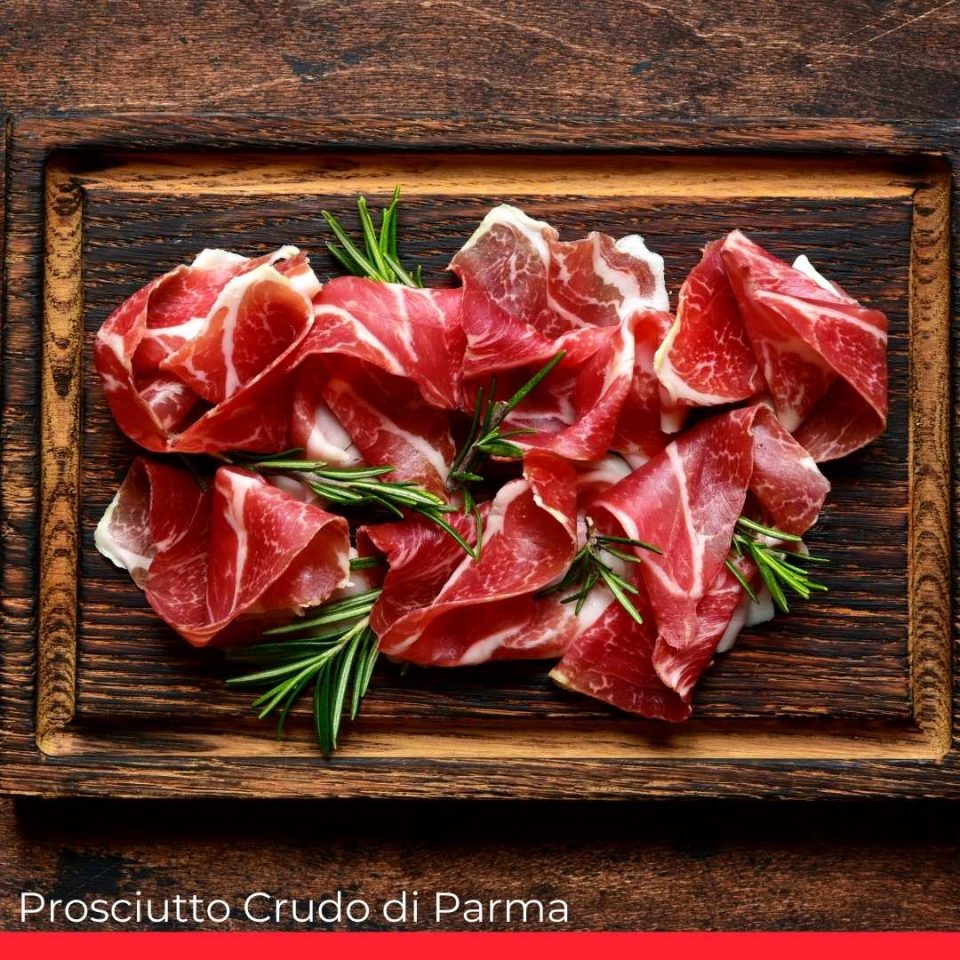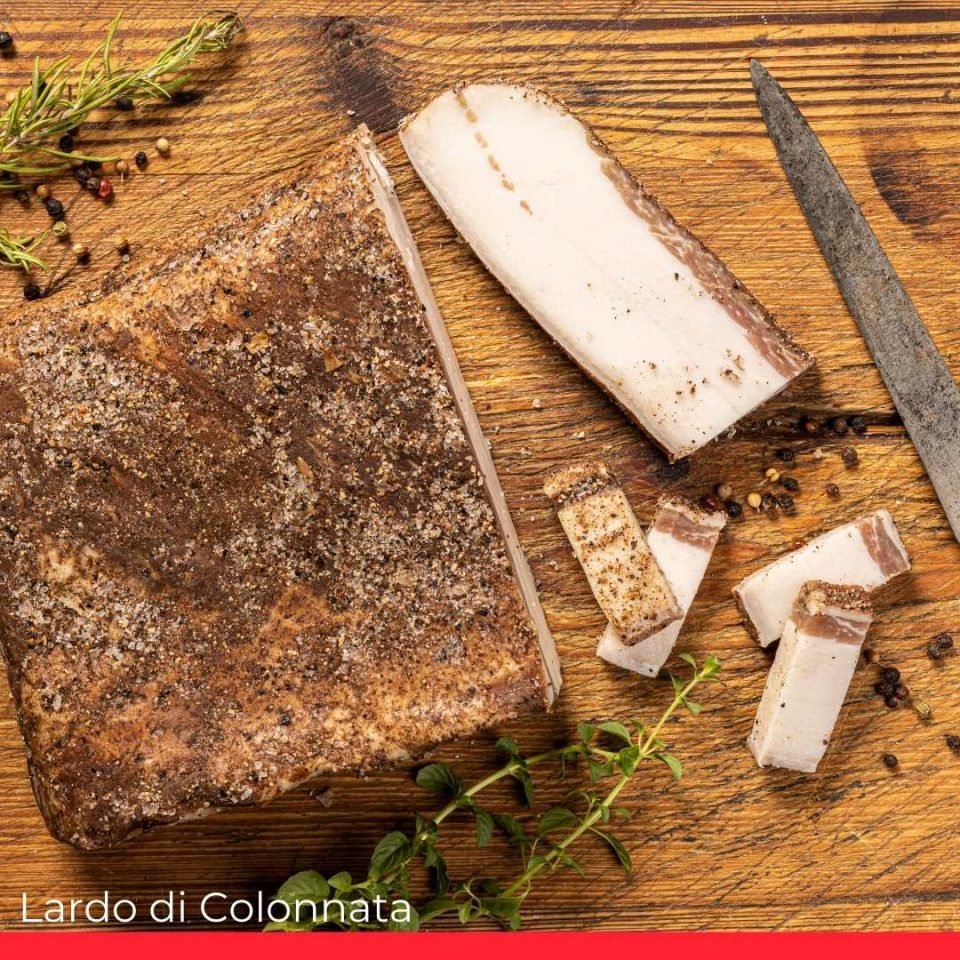10 Tasty Italian Sausages & Cured Meats You Should Try

The unconditional love for sausages, salami and insaccati (cured meats) is undoubtedly strong and well rooted in Italian cuisine and the social culture revolving around the pleasure of food. The famous saying “Del maiale non si butta via niente” (no part of the pig should be thrown away) expresses the essence of Italian cuisine all so well.
In fact the rural tradition devoted to livestock farming, especially pigs, and the farmer’s and peasant’s conditions of extreme poverty led them to use up all the parts of the animal and, above all, find ways to preserve them for long periods of time.
The tradition of cured meat, and more generally of sausages and salamis, arose in fact from the need to preserve animal meat over time.
Being an easily perishable commodity, it was unthinkable for families to be able to consume in a few days all the meat produced by slaughtering a pig. And, in ancient times, as people could not rely on refrigerators and freezers, preservation techniques were developed and handed down from generation to generation, being refined over time and representing the social and cultural values around eating of the peoples and territories.
If salting, drying, and seasoning were the three fundamental stages of creating cured meat, flavoring with wine, spices, garlic, and other ingredients were the ultimate expression of the Italian Arte della Norcineria, the art of processing and preserving pork which originated in Norcia, in the heart of the Apennines. And from North to South, each region has interpreted this art in its own way, making the most of local ingredients and resources.
So let’s go and discover some of the typical Italian sausages and salamis.
1. Prosciutto Crudo di Parma

Of the cured meats, prosciutto di Parma certainly takes number one position. Crafted with incredibly high quality standards in the heart of the Emilia-Romagna region, prosciutto di Parma must be strictly made from specific breeds of pig, Large White, Landrace and Duroc, bred in certain Italian regions.
These pigs must be fed with Parmigiano Reggiano whey, which give the ham its intricate and unique taste.
In the town of Parma, ham making is one of the oldest and most culturally valuable traditions, dating back to Roman times, when a big leg of ham would be hung up to dry and covered in salt.
2. Prosciutto Crudo S. Daniele

Descending from the north-eastern Alps, we encounter Friuli-Venezia Giulia, a region brimming with popular cured meats, amongst which is the renowned prosciutto di San Daniele, with a subtle pink color and an extremely delicate and sweet taste.
Protected by the PDO mark, prosciutto di S. Daniele is an Italian excellence produced purely from pork leg with no flavoring, spices or preservatives added!
The cured meat is simply subject to the normal salting and maturing processes used in the beautifully hilly area of San Daniele in Friuli-Venezia Giulia.
3. Guanciale

This has the sweet and savory pork flavor of pancetta and the melting consistency of lard. It can be associated with bacon yet it’s nothing like it really; Guanciale truly is unique.
Deriving from the word “guancia” meaning “cheek”, it is the most tender and fatty part of the animal, which is cured for up to one month in salt and spices.
Its high fat-to-meat ratio makes it perfect as a cooking ingredient, as the fat that melts away is deliciously tasty and has a creamy consistency. In fact, it is the fundamental ingredient for many popular Roman dishes such as Pasta Amatriciana and Carbonara. No wonder they’re so delicious!
4. Mortadella

Nothing can beat the timeless mortadella, a finely hashed cured pork sausage with small cubes of fat and a deliciously sweet taste, making it an all-time favorite for kids.
There are many varieties of mortadella, but the most popular is originally from the town of Bologna, and sometimes incorporates thin slices of pistachio, creating an irresistible balance of flavors.
The origin of the term is a much debated topic, though the most credited theory suggests mortadella derives from the Latin word mortarium, a tool which was used to pound the meat in order to create the sausage.
5. Ventricina

Characterized by its typical blood red color, ventricina is another popular cured sausage from the regions of Abruzzo and Molise. There are two main types of ventricina: ventricina del vastese and ventricina teramana.
The former is made by coarsely chopped pork, to which pepper, garlic and salt are added and it is usually enjoyed in thick slices. Whereas the latter has a melting consistency more similar to lard and in fact, it is made with the fattier parts, hence why it is best enjoyed as a spread on bread.
6. Bresaola della Valtellina

Originally from the Valtellina area, a valley in the north of Lombardy, bresaola is a deliciously sweet and musty air-dried, salted beef produced with preservation techniques used since the late Middle Ages.
Bresaola is left to mature for up to three months until it turns dark red, almost purple, and it is then ready to be enjoyed on a slice of rye bread topped with juniper butter.
Bresaola is also typically served as a carpaccio, thinly sliced on a bed of rocket and garnished with curls of fresh Parmigiano cheese.
7. Salame

This simple sausage, typically called salamino for its small and long shape, is a timeless and ever-present food in Italy.
This cured and salted meat (the root “sal” meaning “salt”), can be produced in countless different ways and there are also many different types and varieties, such as soppressata and finocchiona, just to mention two of the most popular.
Salame is typically cut into small cubes or chunky slices and enjoyed with cheese and a comforting glass of red wine as an evening aperitivo.
8. Speck Alto Adige

The northern region of Trentino Alto-Adige is home to a wide variety of alpine specialities influenced by the bordering countries of Austria and Switzerland.
Speck is a prime example, a type of smoked meat made from leg of pork cured in the open air. Indeed, its name derives from a German term, synonymous with “thick” and “fat”.
In fact, it consists precisely of the fattier part with a shiny white color contrasting with the purplish red of the fleshy part. Today, Speck Alto Adige is an Italian food excellence prized with the PGI mark and widely used for many traditional regional recipes, such as speck dumplings, the typical South Tyrolean dish.
9. Culatello

Culatello is the softest and most sophisticated part of the thigh of adult pigs reared in the wild, a DOP prized cured meat, symbol of unbeatable quality!
The muscle strips are salted, a process which includes the addition of chopped pepper and garlic, and dry white wine, and then placed in cold cellars to age for a minimum of 10 months.
The most interesting aspect of this process is the presence of a secret ingredient, something impalpable and mysterious, yet of great culinary importance: fog.
It is the fog that creeps into the drying cellars at night that generates certain molds delivering a delicious flavor and smell to the cured meat. Bet you wouldn’t have guessed that!
10. Lardo di Colonnata

Considered one of the most refined types of cured meats, lard consists of nothing other than salting, flavoring, and curing the layer of fat just under the pig’s skin. The result is a very tasty and highly flavored food with a deliciously melting consistency.
As with all cured meats, the quality of lard depends on the choice of raw materials and the skillful art of curing, which is still done in marble tubs (conche, in the case of Colonnata lard) or in chestnut wood molds (the doils, as in Arnad). A truly divine product which, however, like all good things, bears its own curse: cholesterol. So enjoy it with no guilt but in moderation!
Related: Most Popular Italian Sauces

Related: Most Popular Italian Snacks


